The automobile shock absorber produced with natural rubber as the main raw material has the characteristics of good elasticity, high strength, wear resistance, fatigue resistance, tear resistance, and good dynamic performance, which can play a good shock absorption effect. However, the high price and price fluctuation of natural rubber is obvious to all, the appropriate amount of reclaimed rubber and reasonable design of rubber formula can not only reduce the cost of raw materials for automotive rubber shock absorbers, but also improve the aging resistance of natural rubber, and reduce the risk of vulcanization and reversion.
1. Key points of the design of vulcanization system for automobile shock absorbers produced by natural rubber/reclaimed rubber
The vulcanization system directly affects the dynamic elastic modulus, loss coefficient, heat resistance, fatigue resistance, etc. of rubber, and the elastic modulus of rubber will increase, the loss coefficient will decrease, and the glass transition temperature will increase if the degree of vulcanization crosslinking is increased.
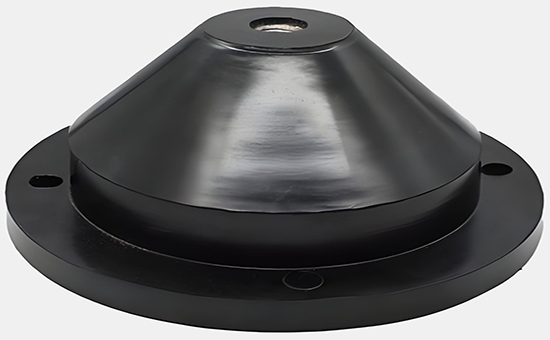
Natural rubber/reclaimed rubber combined with rubber to produce automobile shock absorbers, mostly using sulfur-accelerator system; The amount of sulfur increases, the number of polysulfide bonds in the cross-linked bonds increases, the flexural resistance of vulcanized rubber is improved, and the heat resistance and aging resistance are reduced. Under normal circumstances, the dosage of sulfur is controlled among 1-2.5 parts, and accelerators CZ, NOBS, DM, etc. are used. For rubber compounds with large hysteresis loss, it is recommended to use an effective vulcanization system with low sulfur and high promotion (such as sulfur ≤ 1 part + high-efficiency accelerator) to reduce polysulfide bonds and improve the heat resistance of rubber compounds.
Using peroxide such as DCP as vulcanizing agent, natural rubber/reclaimed rubber vulcanized rubber has good heat resistance, small compression set, and reduced elasticity and strength of vulcanized rubber.
2. Key points of the design of the reinforcing filling system of automobile shock absorbers for the production of natural rubber/reclaimed rubber
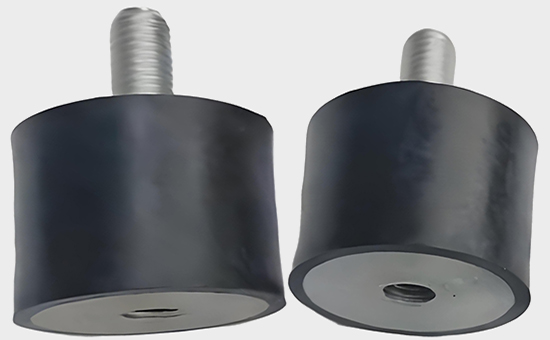
Reinforcing agents are an important part of rubber formulations, and carbon black is the most commonly used reinforcing agent. The elastic modulus and loss coefficient of rubber will increase with the increase of carbon black, and the dependence on amplitude will increase. When the amount of carbon black remains the same, the smaller the particle size of the carbon black, the better the reinforcing effect, the higher the elastic modulus, and the worse the fatigue resistance. The larger the particle size of carbon black, the higher the resilience, the smaller the loss coefficient, and the lower the heat generation.
When using natural rubber/reclaimed rubber and rubber to produce automobile shock absorbers, it is recommended to use high wear-resistant carbon black with semi-reinforcing carbon black and pyrolysis carbon black. Non-reinforcing fillers such as calcium carbonate and clay have low surface activity, poor reinforcing effect and easy to lead to increased hysteresis loss, so they should be used with caution in dynamic shock absorption formulations. The particle size of fumed silica in silica is small, and the reinforcing effect is similar to that of carbon black, but its surface is easy to cause molecular chain slip, resulting in high dynamic heat generation and increased loss factor.
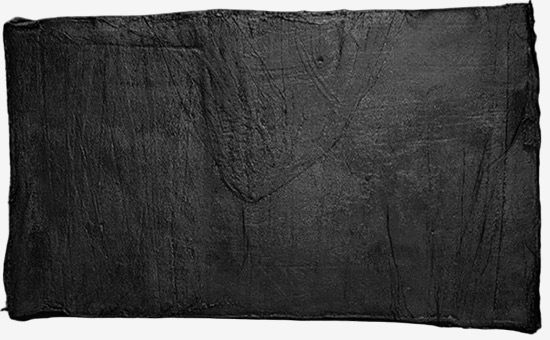
3. Key points of design of softening and plasticizing system for automobile shock absorbers produced by natural rubber/reclaimed rubber
Rubber plasticizers can improve the low-temperature performance of rubber and improve fatigue resistance, but at the same time, it will increase creep and stress relaxation, and the dosage should not be too much. When natural rubber/reclaimed rubber is used to produce automobile shock absorbers, the amount of plasticizer increases, the elastic modulus of vulcanized rubber decreases, and the hysteresis loss increases. Commonly used plasticizers are pine tar, aromatic oil, paraffin oil, naphthenic oil, diethylhexyl phthalate (DOP), etc. Too high dosage of softener can easily lead to extraction problems, so it is recommended to control it within 15 parts.
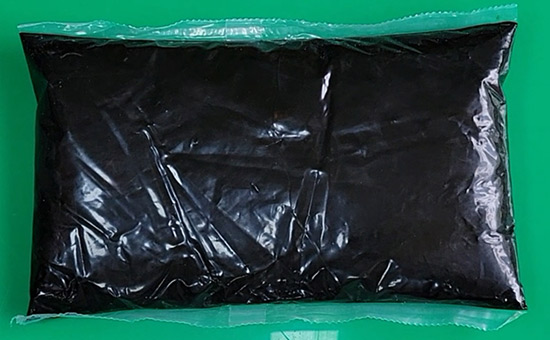
4. Key points of the design of anti-aging system for automobile shock absorbers produced by natural rubber/reclaimed rubber
Automobile shock absorbers are used in dynamic environments, and multiple types of aging such as heat, oxygen, ozone, mechanical vibration, and load will be involved in the working process at the same time, and the aging phenomenon is serious. When using natural rubber/reclaimed rubber and glue to produce automobile shock absorbers, we must reasonably design the anti-aging system, which is composed of several antioxidants, and the commonly used antioxidants are antioxidants D, RD, 4010, 4010NA, MB, BLE, H, AW, etc.
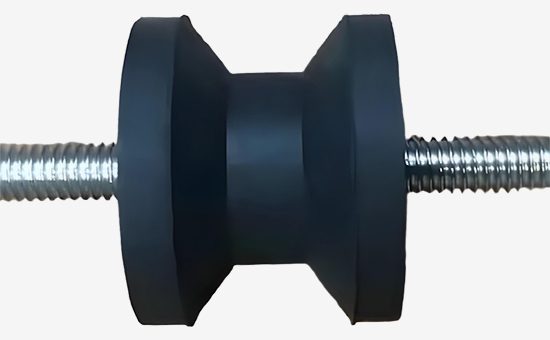
When natural rubber and reclaimed rubber are used together to produce automobile shock absorbers, the design of vulcanization system, reinforcing filling system, softening plasticization system and anti-aging system is very important. Reasonable design of automobile shock absorber formula, formula composition and dosage can effectively reduce the cost of raw materials, improve the performance of rubber processing technology, and reduce production energy consumption under the premise of ensuring the performance of shock absorbers.
Exclusive original article [commercial authorization] reprint, excerpt and excerpt in any form are prohibited without written authorization. Focus on Hongyun rubber: learn the process formula and raw material technology of producing rubber products from recycled rubber to help you reduce costs and increase profits